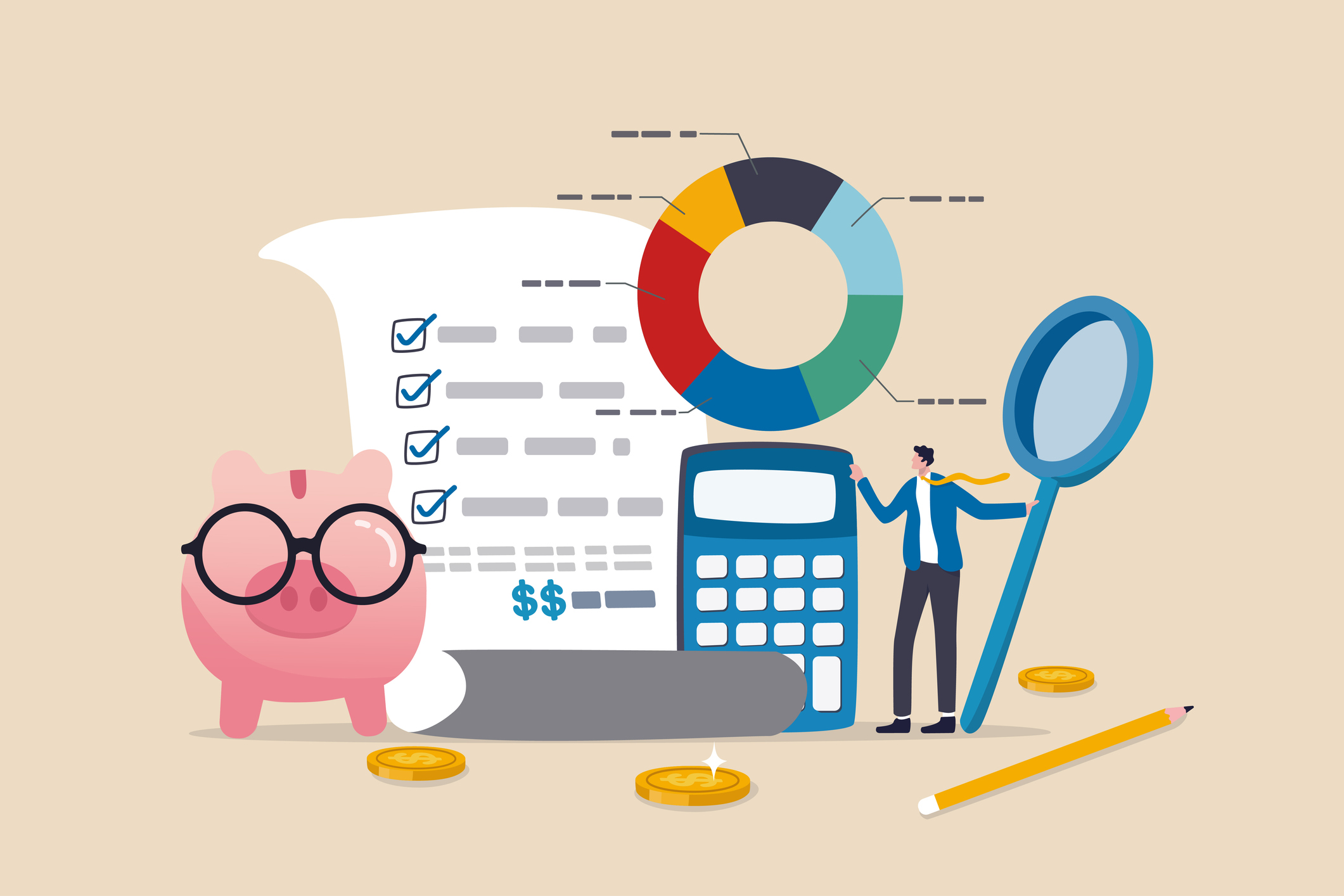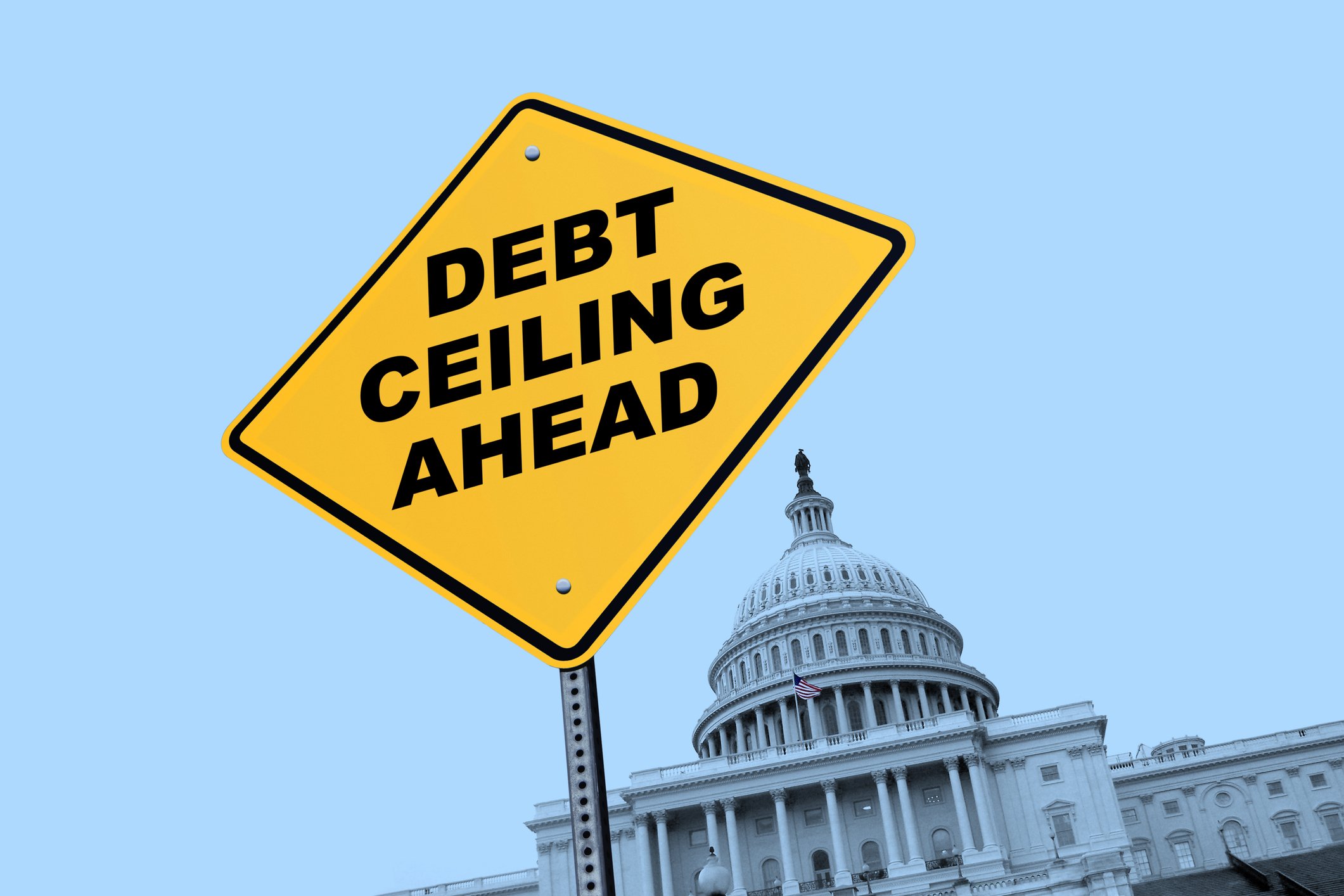By Matt Bacon
[lwptoc float=”none” titleFontSize=”120%” colorScheme=”light” backgroundColor=”#ffffff”]
As advisors, we field questions from clients on just about every topic you can imagine. Bitcoin, online college, and the price of gold are a few we fielded this week. We had another good one that made us stop and think: Lease vs. buy a car in retirement, what’s best?
The situation is the boss here, and the current interest rate environment will always be a factor. Remember the rules of thumb:
- Buying the car is cheaper over the long run
- Lease a car for a better vehicle than you could otherwise afford
How much car can you afford?
Plenty of differences in thinking emerge here from focusing on the purchasing price to simply the monthly payment. Controlling for the total purchasing price is the more important variable. Generally, you don’t want to spend more than 35% to 50% of your annual income on a car. This applies to your household, and the range is given to account for differences in the size of the down payment required. If you and your spouse makes $160k/year, the two of you shouldn’t be spending any more than $80k total on cars. But even this may be high depending on your debt load.
Let’s assume that you’re not going to pay cash for the vehicle. No more than about a third of your gross monthly income should go towards debt payments. This includes everything, mortgage, car, student loans, credit cards, and whatever else. Carry forward the example from above. If you’re making $160k/yr you can spend about $4,400/mo on debt. If your mortgage and credit cards are $3,500/mo, your combined car spend is $900/mo.
$900/mo will cover a $50k loan if done over a five-year term at a 3% interest rate. You will need to come to the table with $30k in cash if you want to buy at the upper end and spend $80k on cars. But this begs another question, if you have the $30k in cash why not just pay off your credit cards?
So the rubber meets the road. Can you make the $80k car spend work in this scenario? Yes. Should you? No. At least not if you plan to exercise sound financial judgement. You would be better served by buying a cheaper vehicle, paying off the credit cards, and redirecting your cash flow to savings or paying down other debts. That, or look strongly at a lease.
Buy the car
There are some good reasons to buy a new car. The electronic systems change frequently and even just a few short years can mean big improvements. The safety features evolve and get better over time as well. Warranties are in place, reliability is high, and fuel efficiency tends to improve in new models. These are all big pluses, but the difference between new and used is thousands of dollars and all for a machine built to take you from A to B. How much extra enjoyment and use will you get for those thousands of dollars?
Opportunity Cost
You may have heard of this before, but opportunity cost is the price you pay for choosing one opportunity over another. It’s pretty easy to equate this in our example.
Doing some quick browsing, a 2020 Toyota 4Runner premium package is about $41k. A 2017 4Runner with about 34k miles, certified, and with the premium package was going for about $33k. These models aren’t identical but they’re close. What else can you do with an extra eight grand in your pocket?
I’d argue that the new car probably isn’t worth it, but you’ll have to make that choice for yourself. Cars become status at certain income levels and for some this may be a deal breaker. Nobody brags about buying a used Mercedes. If you’re running in a crowd where prestige is critical, or perhaps working alongside others where prestige is critical, then a used car may be a non-starter. Buying probably should be too – lease and upgrade when you can.
Cash or Credit?
You’ve decided to buy a car and you know how much you’re going to spend. What’s the best way to pay for this? Depends on your cash flow, savings, and how your investment portfolio looks.
Interest rates are at some of the lowest levels they’ve ever been. Auto loans are exorbitantly cheap. Even if you have the cash, borrowing at rock bottom interest rates while allowing your own funds to grow will be attractive. Bear in mind that the interest rate on your loan becomes a hurdle in this scenario. If you’re paying 2% on a note, then your funds must earn at least 2% to make financing worthwhile.
Odds are this won’t be a risk-free transaction. If you have a three-year car note, a 3-year CD or a 3-year treasury will pay less. Banks don’t loan out money at lower rates than they could earn on their reserves themselves. You will have to assume some risk to make this work. You may not have to assume much risk given the current interest rate environment, but if you’re ultra-conservative you should tread lightly and consider a cash payment.
The average length of an auto loan in America is now five years. Shorter terms have better rates but higher monthly payments. With your maximum monthly spend in mind (from how much can you afford above), visit a few online loan calculators to play around with note terms and interest rates to find the right combo that fits your budget.
What if you’re buying in a down market? Is it wise to take an extra $30k from your portfolio for a moderately priced car when you just lost $200k? Probably not. Creative strategies apply here. If you’re looking to maximize the long-term value of your dollar, buying is still going to be the way to go but you’ll need to do it on credit. Make a small down payment and finance the rest. Give your portfolio and savings time to catch back up! When markets have recovered and your portfolio is back intact, take a withdrawal and pay off the loan. Sure, you’ll have some carrying costs on the interest. Consider it like a premium for a portfolio insurance policy – somebody else had to come up with $30,000 of cash in a down market. Is it worth a year’s worth of interest payments?
Where to get the cash
The short answer – the bank. Whether you’re pulling a small amount for a down payment or a large amount for the full purchase price, taking the funds from your cash accounts is the best method. However, doing this may force you to dip into your emergency reserves.
This isn’t quite as scary as it seems. You’ll need to replenish your emergency reserve after dipping into it, which won’t happen overnight. You’ll be cash strapped and forced to liquidate from your portfolio if something bad happens in the interim.
Play this out just a little further. If you hadn’t drained your emergency reserve, where would you have come up with the cash for the car? Hint: from your investment portfolio. It’s going to get hit regardless. Better to raid it for the what if emergency event than the already planned car purchase event.
What if you don’t hold a large cash position and have to fund it from your portfolio anyway? For most people, taking it from taxable accounts first will make the most sense. (Taxable account is an advisor term for most anything that’s not a retirement account. These include individual accounts, joint accounts, and some trust accounts). Taxable accounts are subject to capital gains rates, which are generally lower than ordinary income tax rates. However, there are exceptions to this.
For example, paying from a pre-tax retirement account may make sense if you’re over age 72 and taking Required Minimum Distributions (RMDs), especially if your RMD is larger than what you need to live comfortably. Use the “extra” to pay for the car. Odds are this would land in one of your taxable accounts anyway.
You may also want to distribute from a retirement account if you’re over age 59.5 and in a low tax bracket. If your effective tax rate is lower than the capital gains tax rate, taking the distribution from a pre-tax retirement account makes sense. Remember though that every additional dollar you take from a pre-tax account will add to your total income for the year, which could potentially bump you into an effective bracket that is higher than the capital gains bracket. It is a vicious cycle. Be sure to watch this closely and coordinate with a tax professional if in doubt.
Tax Deductions and Incentives
The auto industry has great lobbyists. There are a number of tax incentives and deductions that are available when buying a car that you can’t get from a lease.
Electric Vehicle Credit
This is available at the state level and not every state offers credits. In Maryland, where Carmichael Hill is located, there is a $3,000 excise tax credit for any new qualifying electric vehicle purchased for less than $60,000. In nearby Washington DC, the new qualifying electric vehicles are exempt from excise tax, receive reduced registration fees, and have a tax credit for 50% of a home charging station installation up to $1,000. Virginia does not offer incentives for electric cars, nor are there any tax incentives at the Federal level.
Deductions
With the Tax Cuts and Jobs Act of 2018, many of the deductions that were available for vehicle purchases were phased out. Vehicle expenses are now only deductible for businesses and self-employed individuals, and the deductions only apply when the vehicle is used for business purposes. Buying a car for business is a different use case than personal and goes beyond the scope of this article. If this is the deciding factor over leasing the vehicle, discuss your options with your tax advisor carefully.
Lease the car
Leased vehicles have lower monthly payments as you’re renting the vehicle, not buying it. This has a few advantages over an outright purchase. It can be better on your cash flow, allow you to drive a car you otherwise couldn’t afford, and allows you access to a more reliable car at a lower price than could get if you buy.
However, your lease will contain a “drive-off fee”. This is usually a few thousand dollars and is there to protect the lender on the immediate depreciation that occurs when you drive the car off the lot. Not a down payment per se, but from a cash flow perspective it doesn’t make a difference. You’re still a few grand out of pocket on a lease or on a car purchase straight off the bat. You just have a lower monthly ongoing expense with a lease.
This invites the question, why not simply lease the car instead of buying and invest the difference?
Lease and invest the difference?
The simple answer is that leases wouldn’t exist if this was a reliable strategy. This is the same logic in the cash or credit section above. The leasing company isn’t going to rent you that car if they think they can reliably get a higher value on capital elsewhere. The interest rate on your lease is usually referred to as the “money factor”. This will almost always be higher than the rate you will get if you’re financing to own.
Moreover, you have to consider the forgone resale value when you lease. Under a loan to purchase the vehicle, you end up with what is hopefully substantial equity in the car at the end of the term. This is likely to be thousands if not tens of thousands of dollars. With a lease you have nothing at the end of the term. Not only do you have to clear the hurdle rate, but you also must earn enough to equal the resale value of the car at the end of the term for this to be worthwhile!
Option to Buy
At the end of the lease you will have the option to buy the car. This is a nice feature, especially if you weren’t sure how much you would actually enjoy the vehicle at the time you signed the lease. However, it’s important to note that you’d be buying a used car. The terms of the purchase should match the terms you could get if you bought it off some other dealer’s lot. Evaluate carefully.
More to the point though, if you’re going to move forward with the purchase then why not simply buy a used car at the outset? You would be three years into your note, potentially having paid if off, and would have a vehicle with some residual equity. Again, think through your options carefully from the outset.
Conclusion
We’re firmly in the ‘buy’ camp in the lease vs. buy a car debate. For most retirees, buying a used car and driving it until the wheels fall off is the best option. Buying a new car is second best. The more miles you’re able to get on it the better. There’s a higher out-of-pocket monthly cost which will always be a drawback, but this works out to be a better option when evaluated over the life of the vehicle. Those that can afford to purchase should purchase.
The lease may allow you to upgrade to a nicer vehicle without killing your cash flow. If you’ve driven a Toyota your entire life and want to know what it’s like to turn heads in a Mercedes, then sure you’re going to want this option. But it is a poor financial move. It’s exactly the kind of thing you’d chastise a twenty-something for doing, so why do it yourself? Exercise sound judgement and good financial stewardship; tell the dealer you want to buy.










